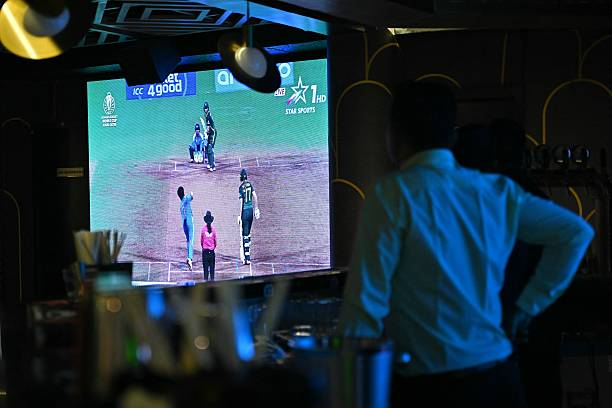
Some nights are written into the game long before the toss. You feel it in the roar of a sold-out DY Patil crowd, in the weight of what it means for both nations. A home crowd’s pressure for India, and for South Africa, the pain of multiple recent finals that slipped away. The ICC Women’s World Cup 2025 final was one such night. A moment that stretched far beyond the scoreboard, a night that told the world women’s cricket is here to stay.
It was a final that refused to follow any script. The game moved in waves, pulling everyone to the edge of their seats. Every run, every wicket was cheered. Shafali Verma, who was just playing her second match of this World Cup, began as if she had carried the crowd’s heartbeat into her own hands, untouched by fear of final. Deepti Sharma’s fifty and her later five wickets turned the night into her canvas.
South Africa fought with heart, as always. Led by captain Laura Wolvaardt, they were so close yet so far yet again. But there was a moment where Wolvaardt’s hundred felt like an act of defiance against every near-miss that had come before. For a while, it seemed she might yet drag her team to glory. Then came Deepti again.
And somewhere between those performances, the match stopped being about who would win and started being about what the game had become. When the dust settled, India had the trophy, but the real victory was shared. The crowd had witnessed more than a final. They had seen the game step out of every shadow that once confined it. The world realised that women’s cricket no longer needed validation. It had built its own audience, its own legacy.
This World Cup will ripple far beyond its final. It has redrawn the map of what women’s sport can mean, not just in India but across continents where young girls have watched these nights on borrowed screens and believed that their stories could travel too. It has changed the vocabulary of the game, replacing questions with conviction. It has reminded boards and investors alike that visibility can build bridges, but investment keeps them from falling. Women’s cricket deserves to walk across those bridges without hesitation now.
Broadcasters will invest more. Boards will plan longer. Fans will stay longer. The women’s game now carries the same weight of expectation that once belonged only to its mirror image. From the local nets in Gqeberha to the academies in Dhaka, from Windhoek to Wayanad, the next generation has seen what is possible. The foundations are laid. The future feels inevitable.
Somewhere in the stands, Rohit Sharma looked up as the final wicket fell. The roar around him belonged to a new generation, but his eyes carried the recognition of someone who had seen what it takes to change the shape of a sport. Maybe, the baton had not been passed. It had simply found another pair of hands willing to carry it forward.
If this is what a World Cup can do, imagine what the next decade of women’s cricket can become.




